Key Features
- QHY5III585C, New generation of QHY5III V2 series planetary guide camera
- Improved version of its predecessor with enhanced sensitivity in the near infrared spectral range (NIR).
- Uses Sony's new Starvis II Color CMOS Sensor IMX 585 Back-Side-Illuminated Sensor (BSI) with high dynamic range (HDR) of 88 dB
- 3856 x 2180 Pixel Array. pixel size of 2,9µm to photograph all objects of the solar system
- Full frame rate of 23,5 FPS at 16-bits or 41,5 FPS at 8-bits
- Its sensitivity in the near-infrared range is about 1.7 times higher than that of the old IMX 485 C sensor.
- Improved front-end design – compatible with CS and C-mount lenses
- 1¼" body size for direct telescope connection
- 512MB DDR3 internal image memory
- USB 3.2 Type-C interface. Please note: the camera is powered exclusively with the included USB cable!
- Universal ST-4 guiding interface and LED status indicator for malfunctions
- Includes a UV blocking filter and an IR 850nm filter
Description
QHY 5-III-585C Planetary and Guiding Camera is one the first new 2nd generation of QHY5III Series planetary cameras and guiders. The QHY5III585C is an enhanced version of its predecessor, the QHY5III485C. It has a high sensitivity in the near infrared similar to that of QHY5III462C, while the dynamic range performance has been greatly improved. It has a large 1/1.2-inch sensor and excellent noise performance with zero amplifier glow. The QHY5III585C comes with a UV/IR filter and an IR850nm filter.
Extended Near Infrared Sensitivity
In this latest generation of sensors, the photodiode portion of the pixel well is physically deeper than in previous sensors, allowing photons of longer wavelengths to penetrate deeper into the substrate. This dramatically increases the sensor’s sensitivity to red and near-infrared (NIR) light. The sensor displays almost equal peak sensitivity to NIR light as it does to light in the visible spectrum.
Enhanced Dynamic Range
The IMX585 is a Sony Starvis II sensor that exhibits not only high sensitivity but also high dynamic range (HDR) of 88 dB, approximately eight times that of the previous generation IMX485 image sensor in a single exposure. It has improve sensitivity in the near-infrared range, approximately 1.7 times that of the IMX485C.
New QHY5III v.2 Models
As one of the first new 2nd generation of planetary cameras and guiders, the QHY5III585C includes all of the improvements and upgrades found in this latest series of cameras, including:
- Larger 512MB DDR3 image buffer
- Improved front end design
- CS and C-mount lens compatibility
- USB 3.2 Type C interface
- Universal ST-4 guiding port
- Status indicator LED
- 1.25” body size for maximum compatibility
Specifications:
- Model: QHY5III585C
- CMOS Sensor: Sony IMX585 BSI Sensor
- Pixel Size: 2.9um*2.9u
- Effective Pixel Area: 3856*2180
- Effective Pixels: 8.4 Megapixels
- AD Sample Depth: 12-bit (output as 16-bit and 8-bit)
- Built-in Image Buffer: 512MB DDR3 Memory
- Shutter Type: Electronic Rolling Shutter
- Computer Interface: USB3.2 Gen1 Type-C
- Guide Port: Universal ST-4 compatible
- Telescope Interface: 1.25-inch, compatible with CS or C-mount by changing the front-end connector (IR-Cut filter and IR850nm filter)
- Back Focal Length: 17mm
- Weight: 90g
Further technical details are shown in the following 4 graphic curves of the QHY-5-III-585C:
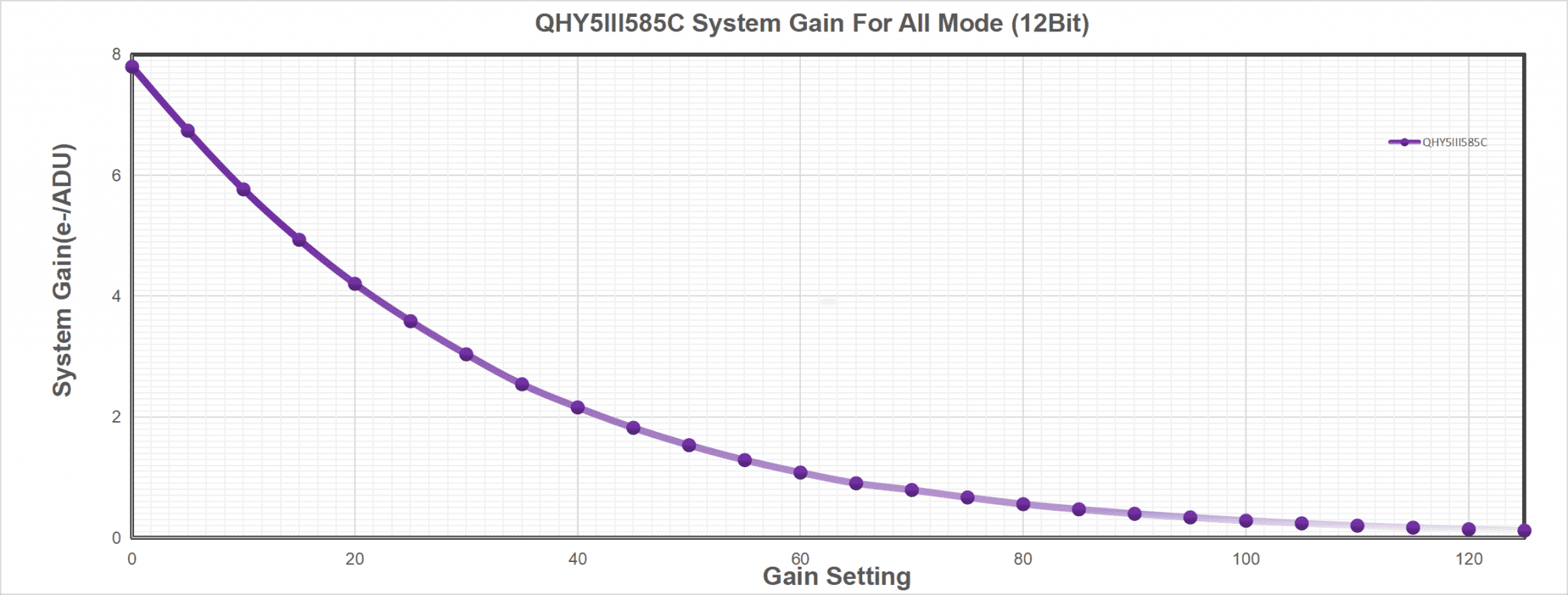
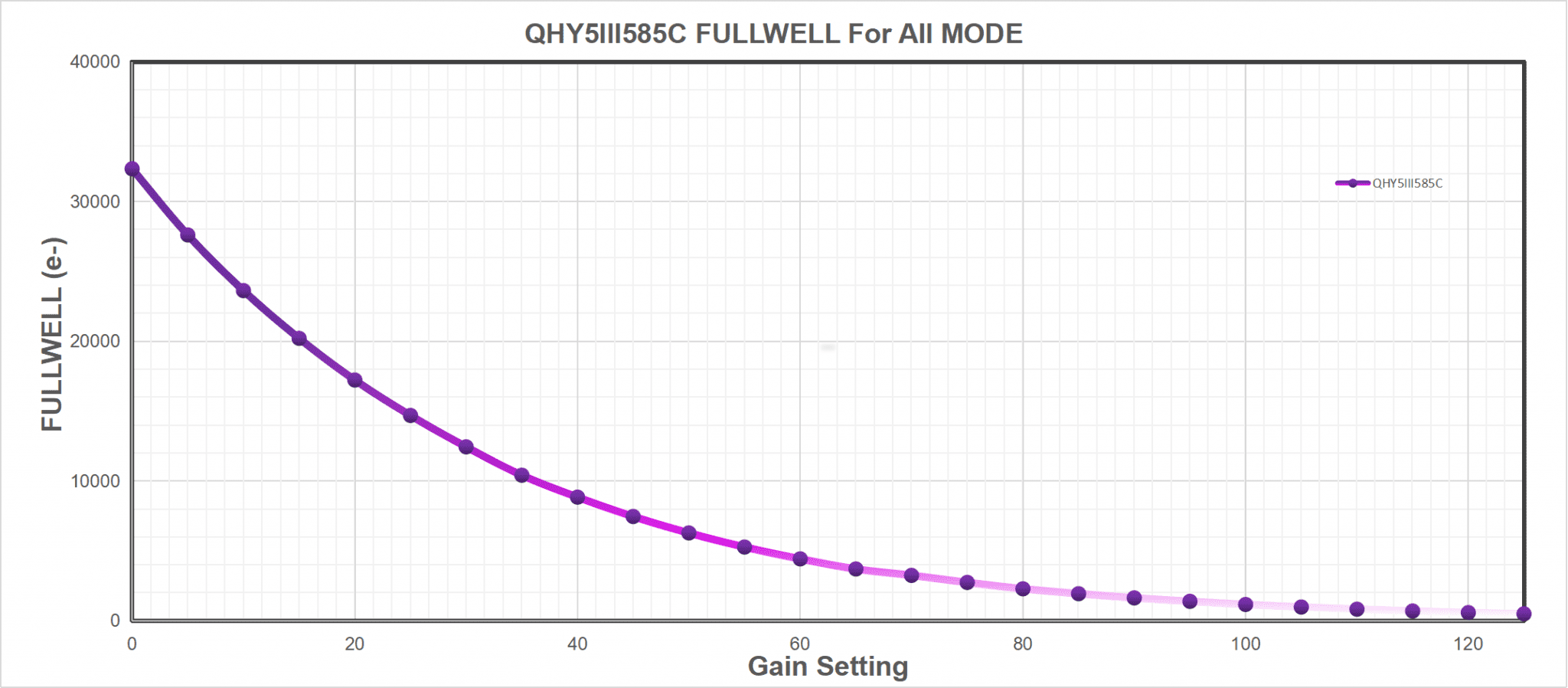
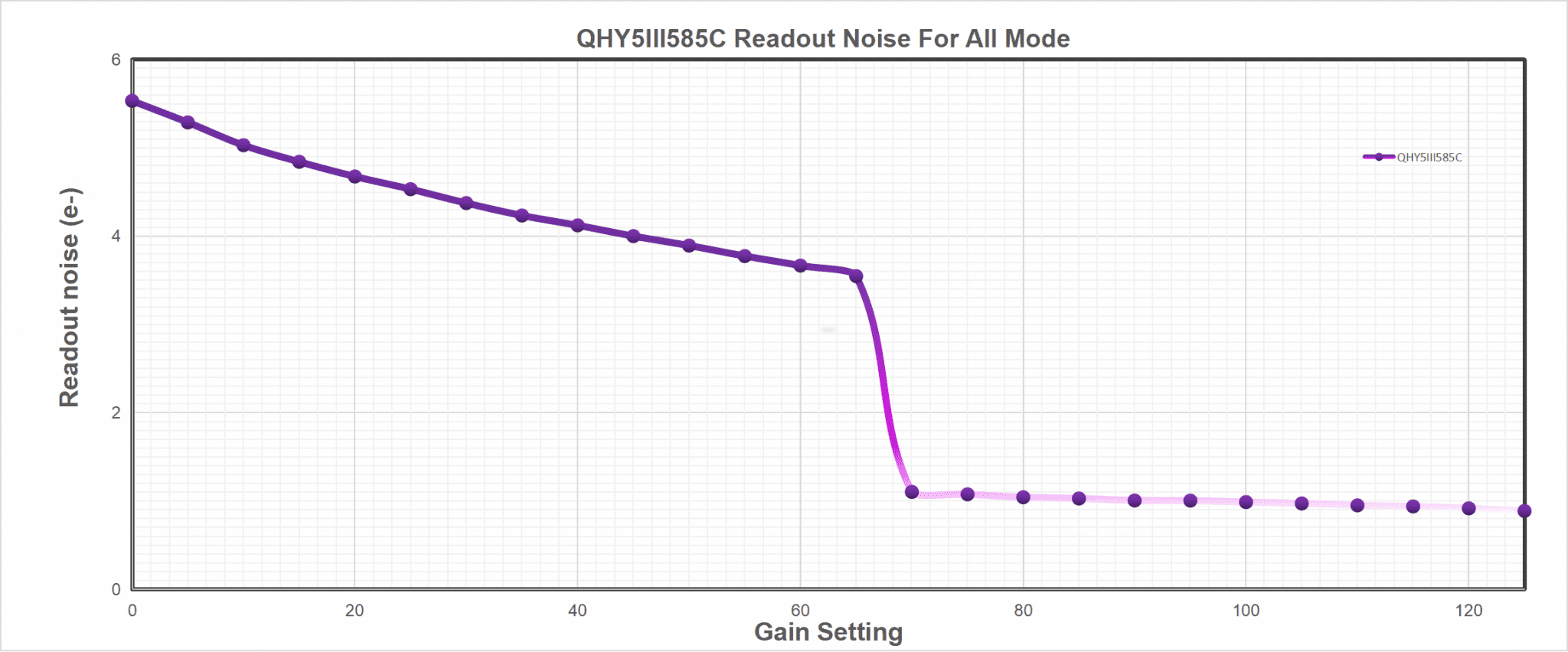
Reviews
Recommended

- In Stock
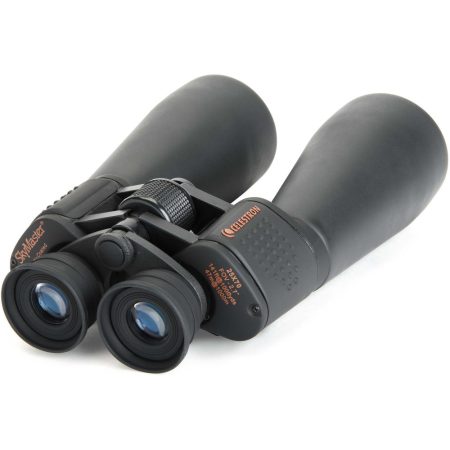
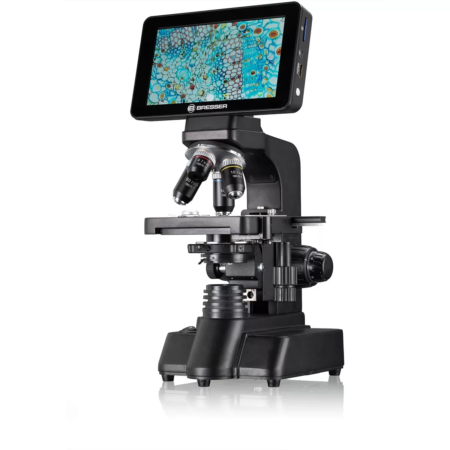
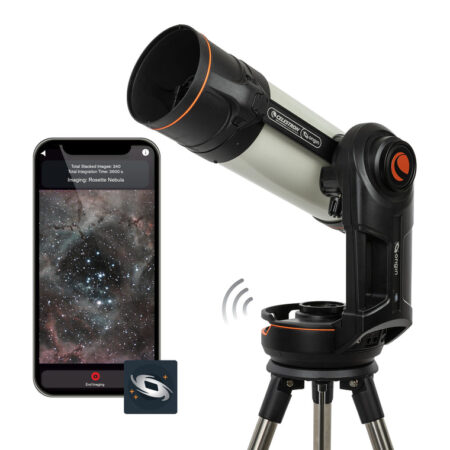
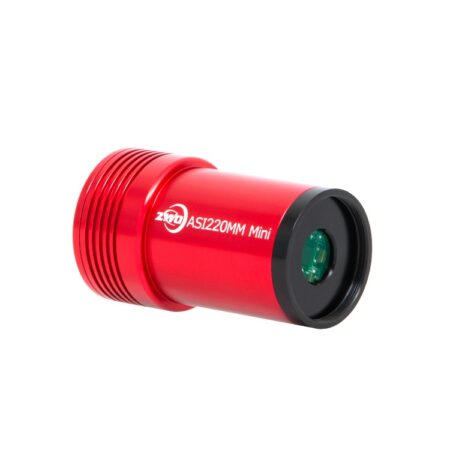
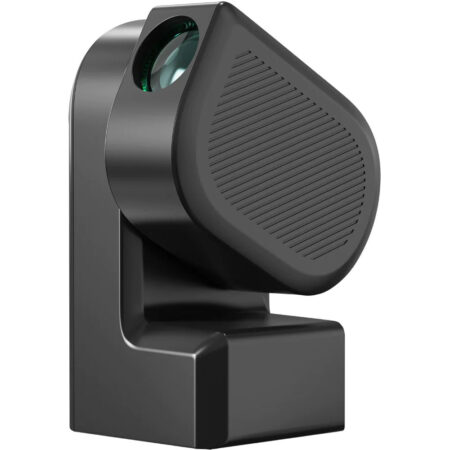
Related products
- On Back Order
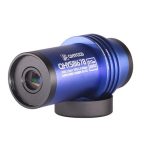
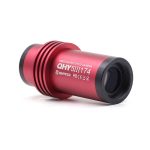
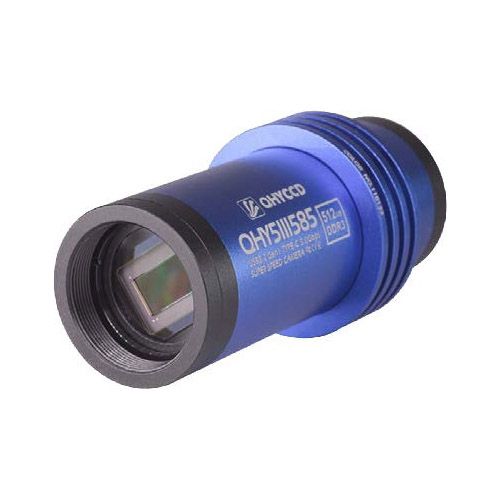
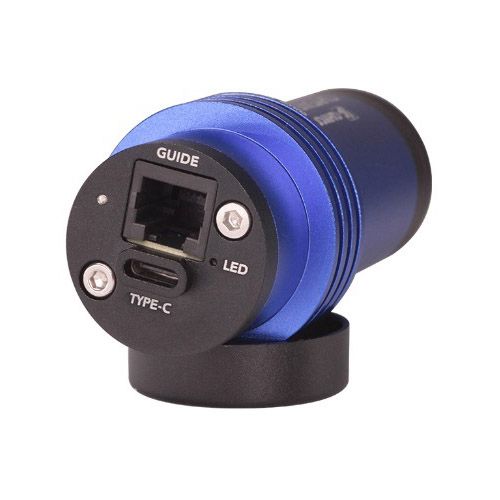
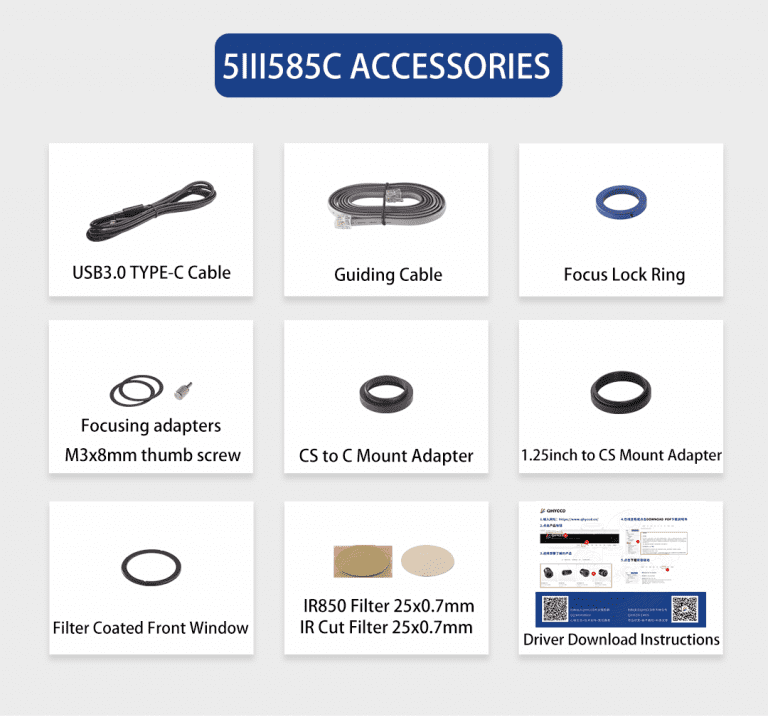

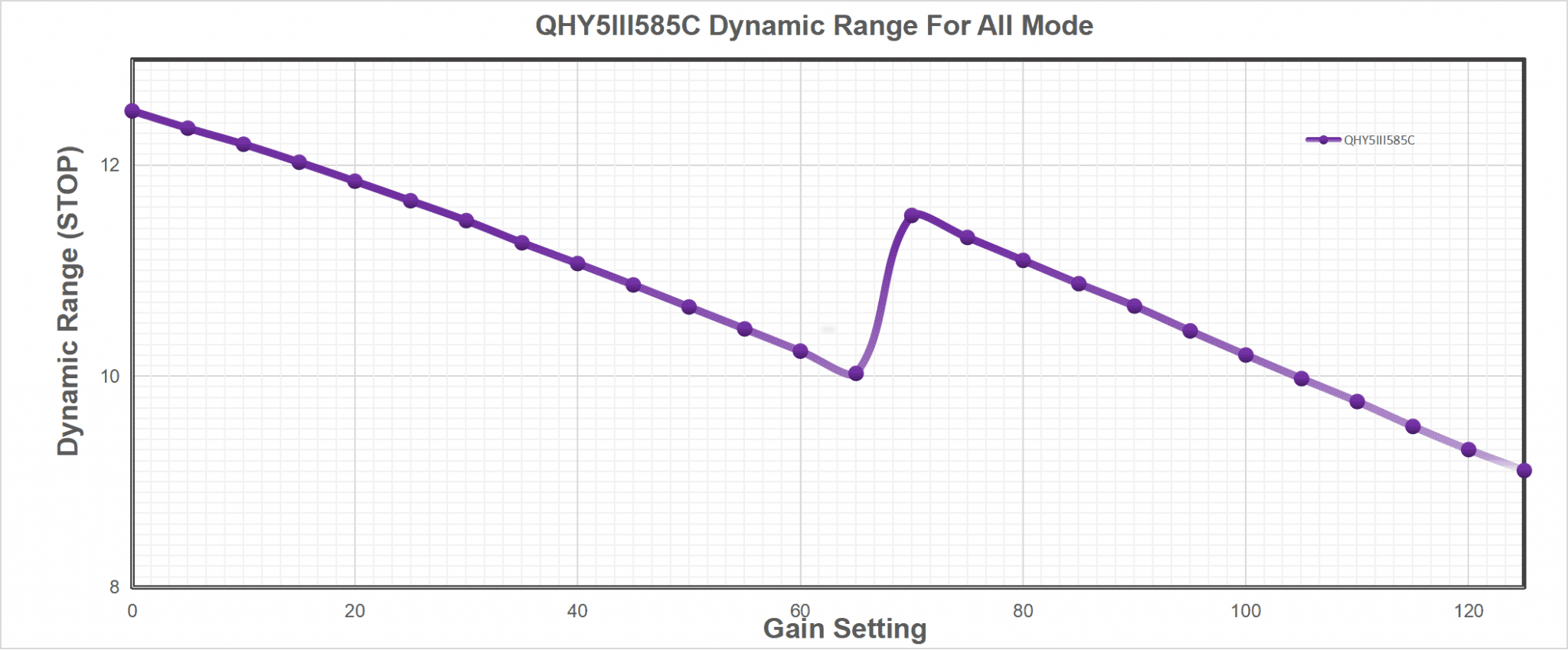
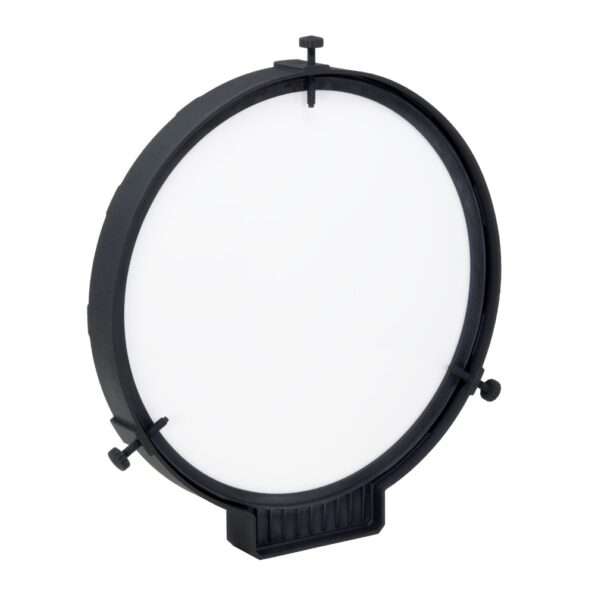
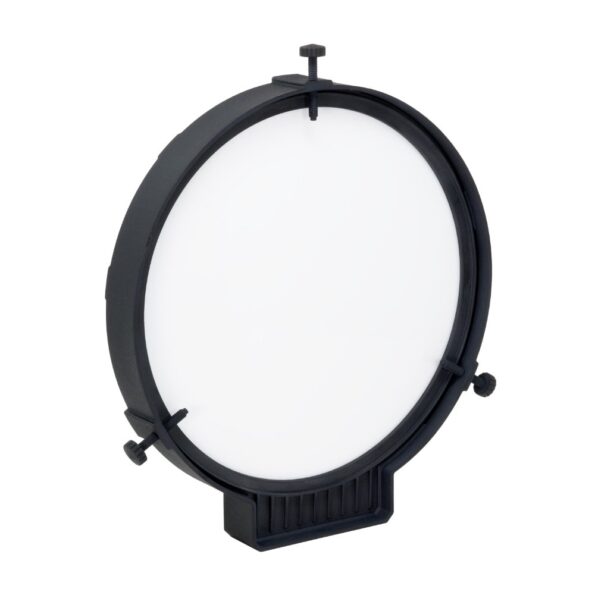




0.0 Average Rating Rated (0 Reviews)